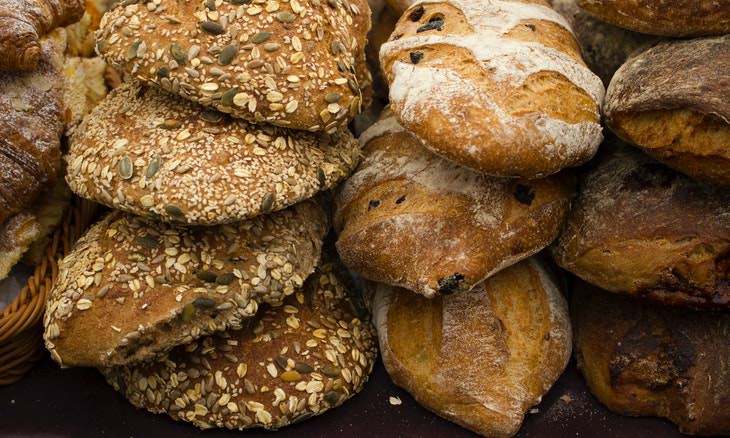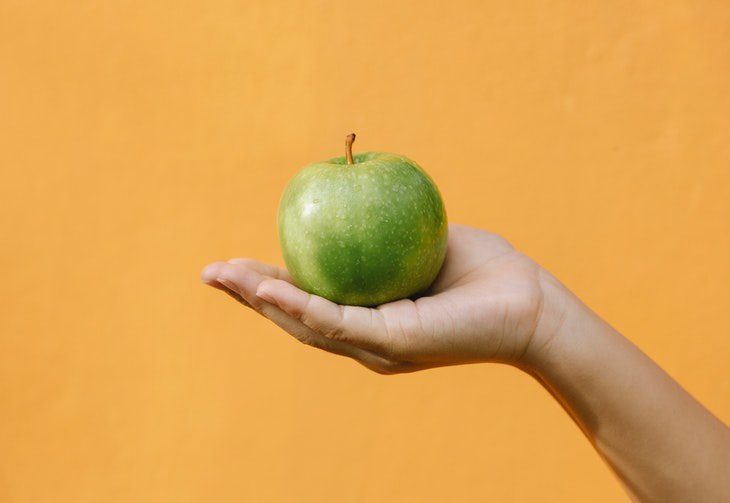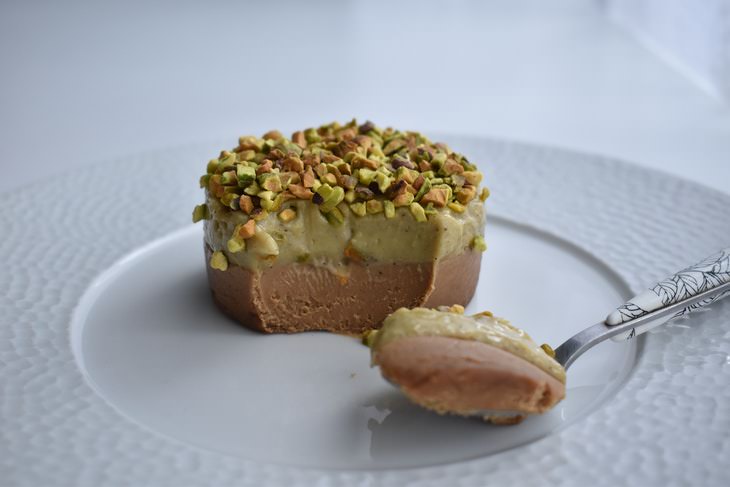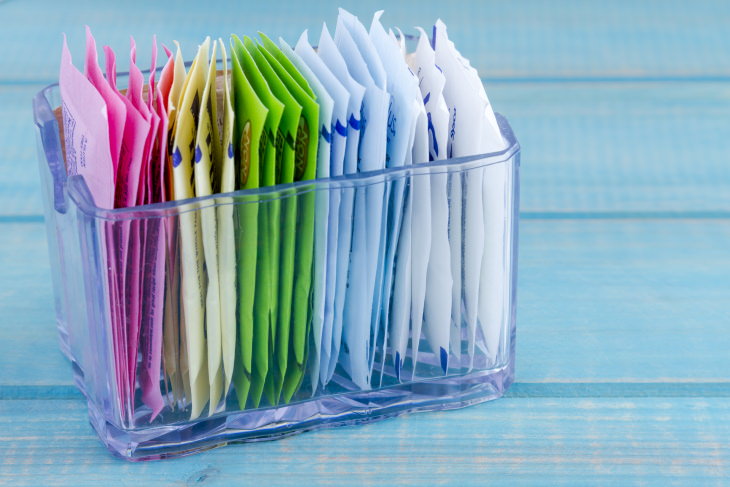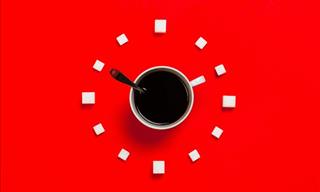Myth 1. You get diabetes because you eat too much sugar
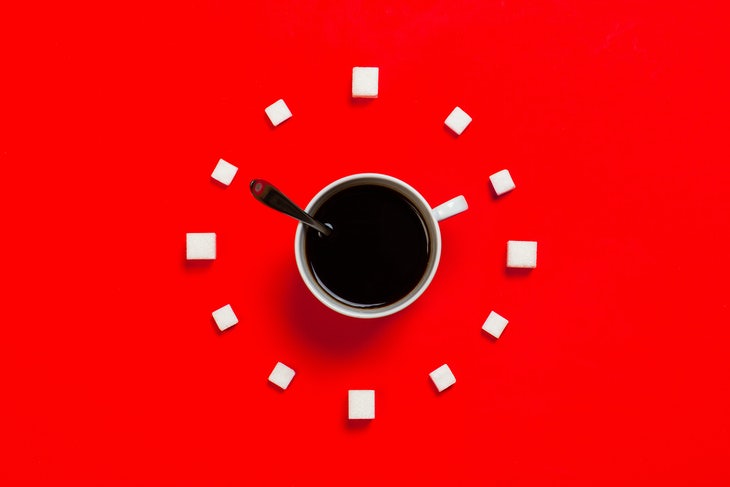
Diabetes is a complex disease that has no singular cause, so it is incorrect to say that Type 1 or Type 2 diabetes is caused by a diet high in sugar. Type 1 diabetes is a hereditary autoimmune condition triggered by the destruction of the insulin-producing cells in the pancreas. It is not caused by diet and lifestyle choices.
Type 2 diabetes isn’t caused by sugar either, but a diet high in sugar, and especially in sugary drinks, is a contributing factor of developing the condition because it promotes weight gain, says the American Diabetes Association (ADA). Usually, additional risk factors are necessary to develop type 2 diabetes. Such factors include:
- Excess weight
- High blood pressure
- Sedentary lifestyle
- Age (people aged 45 and older are at higher risk).
Read more general information about diabetes here - Type 1 & Type 2 Diabetes - What Are the Stages & Symptoms?
Myth 2. If you’re taking medication, you can eat whatever you want
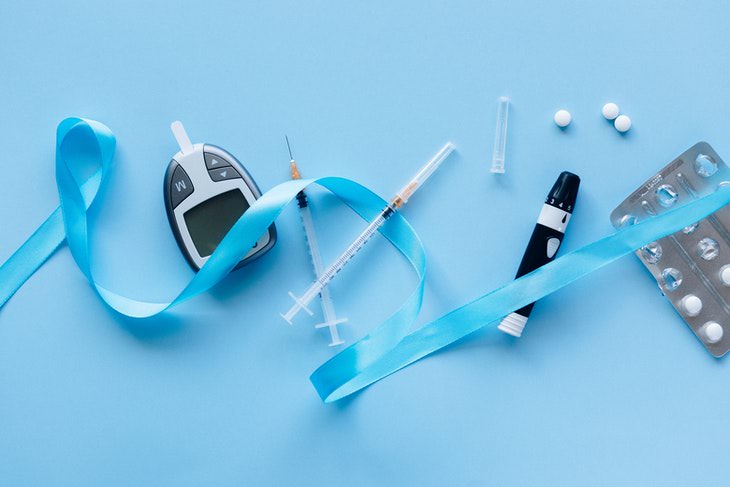
Taking prescription medication to manage diabetes is extremely important, but it isn’t a green light to eat whatever and you want. A diet rich in lean protein, fresh produce, and complex carbs is crucial for slowing down the progression of the disease and preventing complications and health conditions that tend to appear alongside diabetes, especially cardiovascular issues.
Moreover, eating the wrong foods and drinks, such as fast food or sugary drinks, can make the medication itself less effective. Therefore, you should still follow a diabetic diet, even if you’re taking insulin or any other diabetes medication. For more nutrition tips for diabetics, read the article 8 Foods Type 2 Diabetics Should Eat.
Myth 3. Alcohol is completely off-limits for diabetics
Many people don’t realize this, but diabetics can enjoy the occasional alcoholic beverage. This applies only to people whose diabetes is well-managed. One should limit themselves to 1 alcoholic beverage for women and 2 for men according to the Dietary Guidelines for Americans.
It’s also a great idea to opt for beverages that are low in sugar and carbs, such as dry wine, light beer, and plain distilled spirits to prevent a spike in blood sugar and weight gain. Lastly, it’s crucial to monitor your blood sugar for 24 hours after consuming alcohol. This is because alcohol can interfere with some medications and could potentially cause an abnormal drop in blood sugar, especially if you’re taking insulin or sulphonylureas.
So be prepared to monitor your blood sugar, and consult your doctor before you decide to consume alcohol.
Myth 4. All carbohydrates and starchy foods are bad for your diabetes
Carbohydrate-rich and starchy foods, such as bread, rice, and pasta, as well as starchy vegetables like potatoes, corn, and beans, break down into glucose, so diabetics are usually told to limit and monitor how many of these foods they consume. This, however, doesn’t mean that you should completely cut these foods out of your diet.
After all, many of these foods also contain beneficial nutrients and fiber. A far better approach to carb consumption is choosing the right types of carbs - namely, the ones that have a low glycemic index, or GI. The glycemic index measures how fast foods that contain carbohydrates increase blood sugar levels.
Generally speaking, processed and bleached foods like white bread, white rice, and instant oats have a high GI. Whole grains, dried beans and legumes, and low-starch vegetables like tomatoes or broccoli, on the other hand, have a lower GI. As a rule, no more than a quarter of the food on your plate should be carbs. This will help combine and balance your meal so that it doesn’t cause sugar spikes.
Myth 5. You can’t eat fruits if you have diabetes
This statement is completely false. In fact, no fruit variety is off-limits on a diabetic diet. It’s actually the opposite - studies point out that eating whole fruits may actually improve your blood sugar control and insulin levels. Like vegetables and whole grains, fruits are rich in vitamins, minerals, and fiber, all of which are necessary for a healthy meal plan.
Most experts advise opting out for 2 portions of low-sugar fruits, such as apples, berries, and grapefruit every day. Fresh fruits are much healthier than fruit juices and canned fruit, though, since the latter two tend to contain a lot of added sugar.
Myth 6. After being diagnosed with diabetes, you’ll never eat sweets again
If you have a sweet tooth, it can be very difficult to cut out all desserts from your diet when you get diagnosed with diabetes. While it’s true that most sugary drinks and ultra-processed sweets will probably need to leave your dining table for good, this doesn’t mean you can’t indulge in a small serving of dessert on special occasions.
Just make sure to fit the dessert within the personal carb target prescribed by your doctor - it’s usually between 45 and 60 grams of carbs per meal according to the ADA. It’s also a good idea to buy healthier versions of sweets, such as low-carb cakes and whole-grain cookies.
If you’re the one preparing the dessert, use half of the amount of sugar mentioned in the recipe, and swap sugar and any other high-GI ingredients for healthier ones, such as rolled or steel-cut oats instead of quick oats or almond flour in place of regular flour.
Myth 7. All sugar substitutes are healthy
Artificial sweeteners like saccharin, aspartame, and stevia may seem like an easy way to substitute added sugar in your foods and beverages. However, they’re not the no-brainer marketing makes them out to be. Many of these sweeteners are quite controversial and shown in studies to harm your health - a topic we discuss in detail in the article 5 Harmful Sugar Substitutes.
Even the ADA agrees that you probably should only use them occasionally. Currently, there’s no evidence that these sugar substitutes help blood sugar control, and some of these sweeteners also contain carbs, so you should keep track of how much you’re using. Finally, keep in mind that this doesn’t just apply to the stevia or saccharin that you’re adding to your coffee.
Almost all sugar-free processed foods, be it soda, chewing gum, or “diabetic” sweets contain these sweeteners (and other processed carbs and other ingredients alongside the sweeteners too). So make sure to read the ingredient list of the things you buy, even if they’re marketed as diabetes-friendly.
Share these tips with those who will find them useful!
 Go to BabaMail
Go to BabaMail





